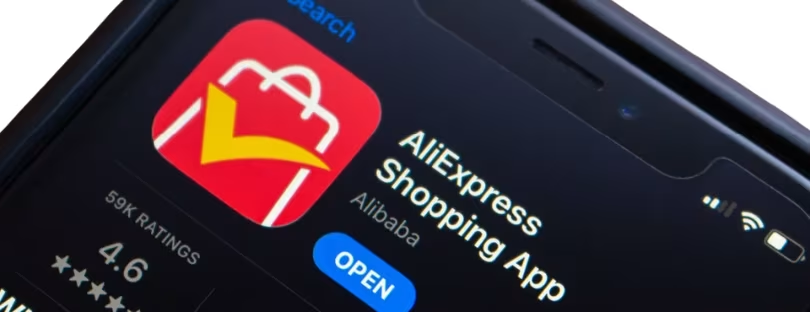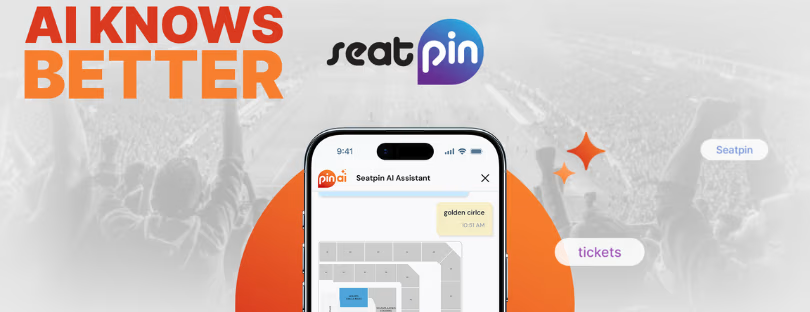
5G IoT Connections to Surpass 100 Million for First Time Globally by 2026
5G, the latest iteration of wireless cellular technologies, has started to be rolled out by network operators and industry stakeholders. Previous iterations of technologies (3G and 4G) were developed with a consumer-oriented focus. However, 5G has further-reaching impacts; enabling a large number of use cases in IoT sectors such as healthcare, automotive industries, smart cities and mobile broadband. 5G networks will deliver high bandwidth and low latency; supporting services such as UHD (Ultra High Definition) video streaming. 5G IoT Connections
A new study from Juniper Research has found that 5G IoT (Internet of Things) connections will reach 116 million globally by 2026; rising from just 17 million in 2023. It predicts that the healthcare sector and smart city services will drive this 1,100% growth over the next three years. 5G IoT Connections
The comprehensive research examined 5G adoption across key sectors, such as the automotive industry, mobile broadband and smart homes, and forecasts that the healthcare and smart cities market will account for over 60% of 5G IoT devices by 2026. The ultra-low latency and high bandwidth of 5G IoT technology will be the key factors in driving this proliferation of new connections.
Pricing of 5G Services 5G IoT Connections
Most early 5G launches offer 4G and 5G on the same plans. 5G is only available in premium or free in premium tiers but at a fee in lower tiers. It was concluded that putting 5G in premium tiers is the best approach. Imposing a straight-up extra cost for 5G is not a feasible option.
Major telcos have launched their 5G networks alongside commercial offers to acquire early adopters. Getting the 5G pricing right is crucial because it is a lever for ROI (Return on Investment). Operators must therefore leverage the key benefits of 5G to increase customers’ willingness to pay for 5G services.
Standalone 5G has more promise for pricing innovation than the 4G technology due to its virtualised core and software-based network design. Operators such as Verizon attempted to charge extra for 5G. The company initially rolled out its 5G service by charging an additional $10 per month.
Another 5G pricing concept European operators are experimenting with is speed-based tiered pricing. For instance, Finland’s Telia released a 5G service that offered packages with data speeds of 1Gbps for a set price and a lower price for a package with speeds of 600Mbps.
The key to success in the 5G market is maximizing the ARPC (Average Revenue per Connection) of 5G connections. There is a decline expected over the next five years; primarily driven by the ‘race to the bottom’ in terms of pricing.
Smart Cities Offer the Single Biggest Opportunity for 5G IoT
The report anticipates that 5G networks will experience significant growth in smart city services; owing to its cost-effectiveness in deployment and ability to carry significant amounts of data. By 2026, there will be over 60 million 5G smart city connections globally, and the report urges city-planning authorities to leverage 5G connectivity as high-bandwidth gateways. It found that the monitoring of transportation networks, including road and rail networks, will be key service that require 5G-enabled high-bandwidth cellular connectivity.
Digital Transformation in Healthcare Drives 5G Adoption
Investment from healthcare providers into 5G-based services will be driven by the need to modernize services, as the global COVID-19 pandemic exposed inefficiencies in healthcare provision. The report identified services including telemedicine, connected ambulances and emergency services, and real‑time remote monitoring as key services that will be immediately improved by the integration of 5G services.
Research co-author Olivia Williams commented: “5G will enable more efficient and dynamic healthcare provision that was not feasible with 4G or Wi-Fi. However, healthcare providers must first implement 5G in areas which provide a strong return on investment; most notably connected emergency services.”









